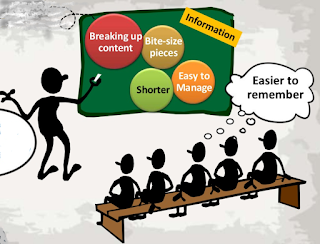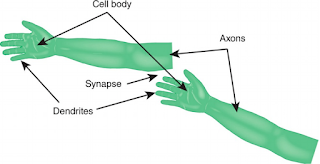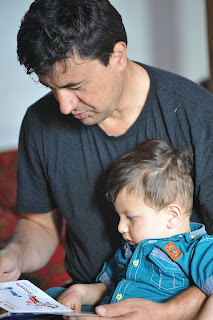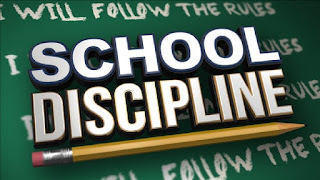Information processing model: Implications for teaching and learning

In the last post I wrote about a very simplified version of how our brains process information - what is forgotten; what is retained for further processing and how long term memory is developed. Here I will revise some key points and explain the teaching and learning implications for teachers and students. As I discussed, the working memory has limited capacity. Information stays here for about 5-10 minutes (for kids) and 10-20minuts (for adults). The number of items/chunks of information is between 2-5 (for kids) and between 5-9 (for adults). This has a serious implications for teaching and information retention. All teachers hope that each student will store the information for long term use and in fact reproduce it in exams. If you are a school teacher or a student, you know that a period is between 20-30minutes. Because students can concentrate for only 20 minutes. This is still long period for the brain to work on one activity, so teachers do different activities in one peri







